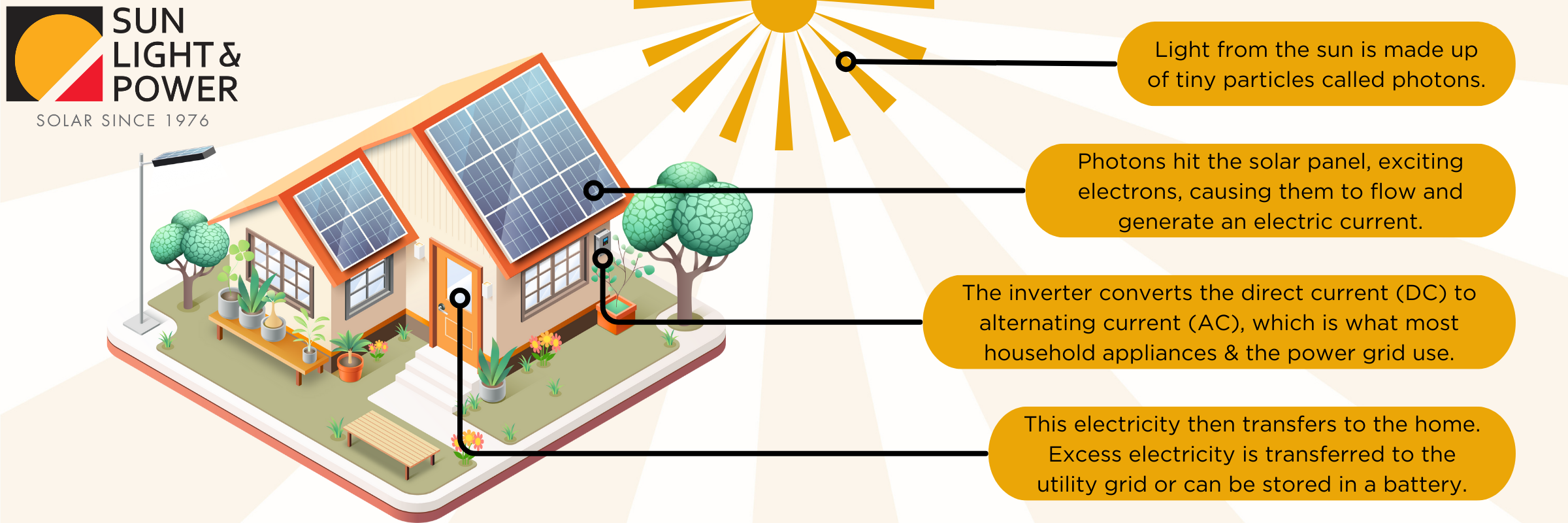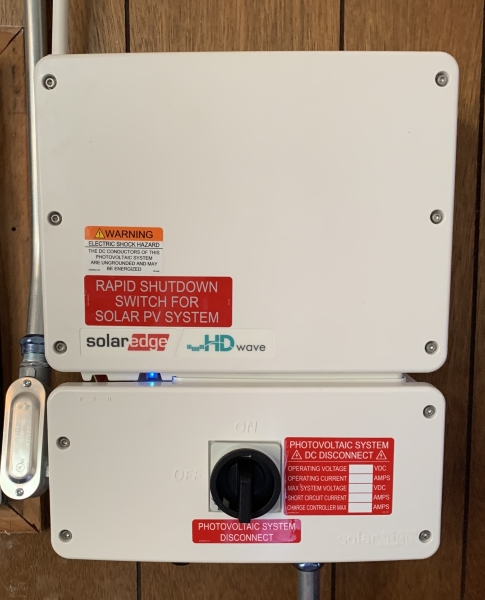
In the effort to increase sustainability, solar power has become a leading renewable energy source. At the core of solar energy systems are photovoltaic (PV) solar panels and inverters which convert solar energy into usable electricity. Let's explore how these technologies work together to efficiently harness the sun's power.
Harnessing Sunlight with Photovoltaic Solar Panels
At the heart of any solar power system are photovoltaic solar panels. These panels are composed of numerous solar cells, typically made from silicon, a semiconductor material. When sunlight strikes these cells, it excites electrons, causing them to flow and generate an electric current. This is known as the photovoltaic effect.
Each solar cell produces a relatively small amount of electricity, so they are connected together in series and parallel configurations within the solar panel to generate the desired voltage and current levels. The resulting direct current (DC) electricity produced by the solar panels is then ready for conversion into alternating current (AC) electricity, which is what most household appliances and the power grid use.
Transforming DC to AC with Inverters
Here's where inverters come into play. Since most of our electrical appliances and the grid operate on AC power, the DC electricity generated by solar panels needs to be converted into AC. This is the primary function of inverters.
Inverters perform two critical functions: converting the DC electricity from the solar panels into AC electricity and ensuring that the electricity produced matches the required voltage and frequency for safe and efficient use. There are different types of inverters, including string inverters, microinverters, and power optimizers, each with its unique advantages and applications.
String inverters are commonly used in residential and commercial solar installations. They connect multiple solar panels in a series, converting the combined DC electricity into AC electricity. Microinverters, on the other hand, are attached to individual solar panels, providing more granular control over the system and maximizing energy production, especially in shaded or unevenly lit environments.
Power optimizers are a hybrid solution that combines elements of both string inverters and microinverters. They optimize the performance of each solar panel individually while still allowing for centralized inversion.
A Bright Future with Solar Power
By efficiently converting sunlight into electricity and ensuring compatibility with existing infrastructure, solar power systems offer a sustainable and eco-friendly alternative to traditional energy sources. As technology progresses and costs decrease, solar power becomes increasingly accessible worldwide. With PV solar systems leading the charge, we're on a path towards a brighter, cleaner future powered by the sun.